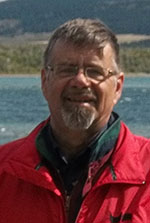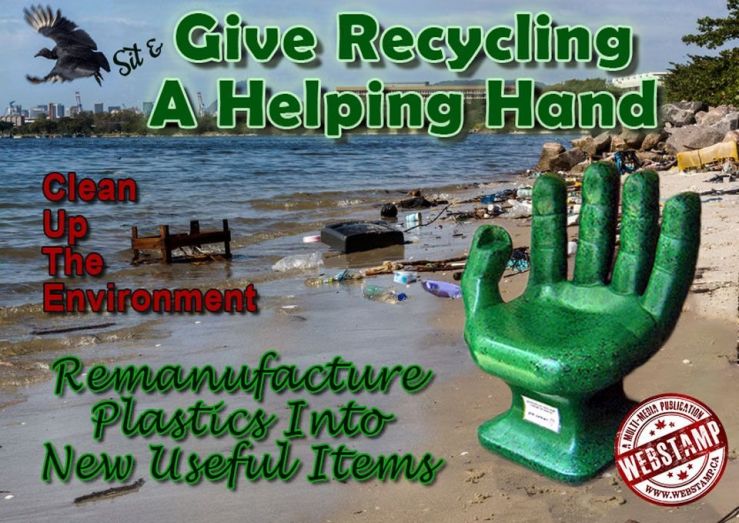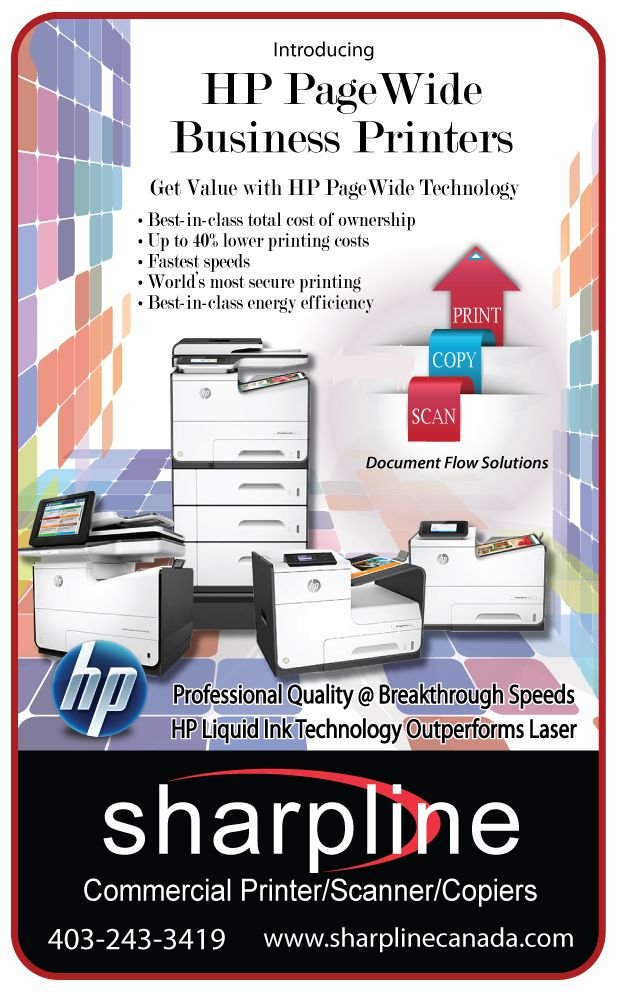WebStamp June 13, 2018
Emerging Eco-Sustainable Practices For Plastics
As we enjoy the overabundance of objects manufactured to provide us with the good life, an overabundance of waste has developed in its wake. To reduce the destructive impact associated with the refuse, society has established ways of recycling and remanufacturing this waste. We recycle many products such as paper, glass, tin, aluminum and even some plastics from cluttering up our environment. There are many items that could be recycled, like many plastics, that are actually not recycled. The truth is that less than 25% of our refuge is actually recycled.
Many Individuals and companies are discovering new solutions to sustainable recycling of the many recyclable items currently quickly filling up our landfills. IKEA has launched a line of kitchen doors and drawer fronts made entirely from reclaimed industrial wood for the main structure and coated with plastic made from recycled plastic bottles. The company’s 2017 collection includes "no waste" products made from recycled materials and continues to introduce more sustainable furniture into its catalogue.
Antwerp-based brand Ecobirdy has an overarching goal of introducing children to the circular economy and hoping to raise their awareness for sustainability. Made from recycled plastic toys, Ecobirdy's debuted a collection of colourful furniture for kids. The Israeli designer Shahar Livne, a Design Academy Eindhoven graduate, sculpts objects from her innovative Lithoplast material, a clay-like material she created from discarded plastic. She envisions as a result of plastic production ceasing in the future that plastic will become a valuable commodity that future civilizations will mine for.
Instead of building a temporary pavilion for the 2017 Dutch Design Week with new materials, the People’s Pavilion was designed and built using only responsible materials. Colourful plastic shingles that will cover the top of the building were made from the recycled plastic waste of local residents. To prevent the plastic from mixing together creating a greyish hue it was sorted into coloured groups beforehand so that shingles of various colours were created.
The Dutch architecture and design magazine, DeZeen's website publishes many articles on the many of innovative recycled uses for plastic. We need to follow nature’s example of zero-waste sustainability. All species produce waste. Consumption for survival outputs waste and in nature’s sustainable and balanced environment the output from one species provides input for another. Nature produces virtually no waste compared to the expanding human population increase in the consumption of products and not sustainably protecting their environment.
The Hefty Energy Orange Bag program in Omaha, Neb. area, has consumers putting their hard-to-recycle plastics into special orange coloured bags before placing them in their recycling containers. The bags are segregated after collection and diverted away from the traditional recyclables plastics. The variety of plastics not typically recycled, such as flexible packaging, meat and cheese packaging, expanded polystyrene food packaging and cups, other plastic cups, plates and cutlery, cereal and cake mix liners, straws and stirrers, etc. are now being incinerated as fuel or made into oil through pyrolysis.
We all can do our part to live sustainably and working towards a zero-waste economy so we, and future generations, can continue to live comfortably and not having to struggle to survive. Following the 5R’s for sustainable living will have a large impact, but we can do more. Find sources for those recyclables that aren’t processed by your local facilities. Calgary doesn’t accept Styrofoam; however, it can be recycled in Cochrane. Inform your city counsellor about your desire for more sustainable recycling to include Styrofoam and an Orange Bag recycling programs. Join the M.A.D. Movement to zero-waste living.
Share This Article

Articles in this Issue
Improving the Local Economy
by Connecting Calgarians
With their Communities
Join the M.A.D. Movement
Calgarians can continue to Make A Difference by simply making a M.A.D. Move by doing anything, no matter how small, that has a beneficial outcome. WebStamp encourages everyone to help stimulate the local economy by Buying Locally.




